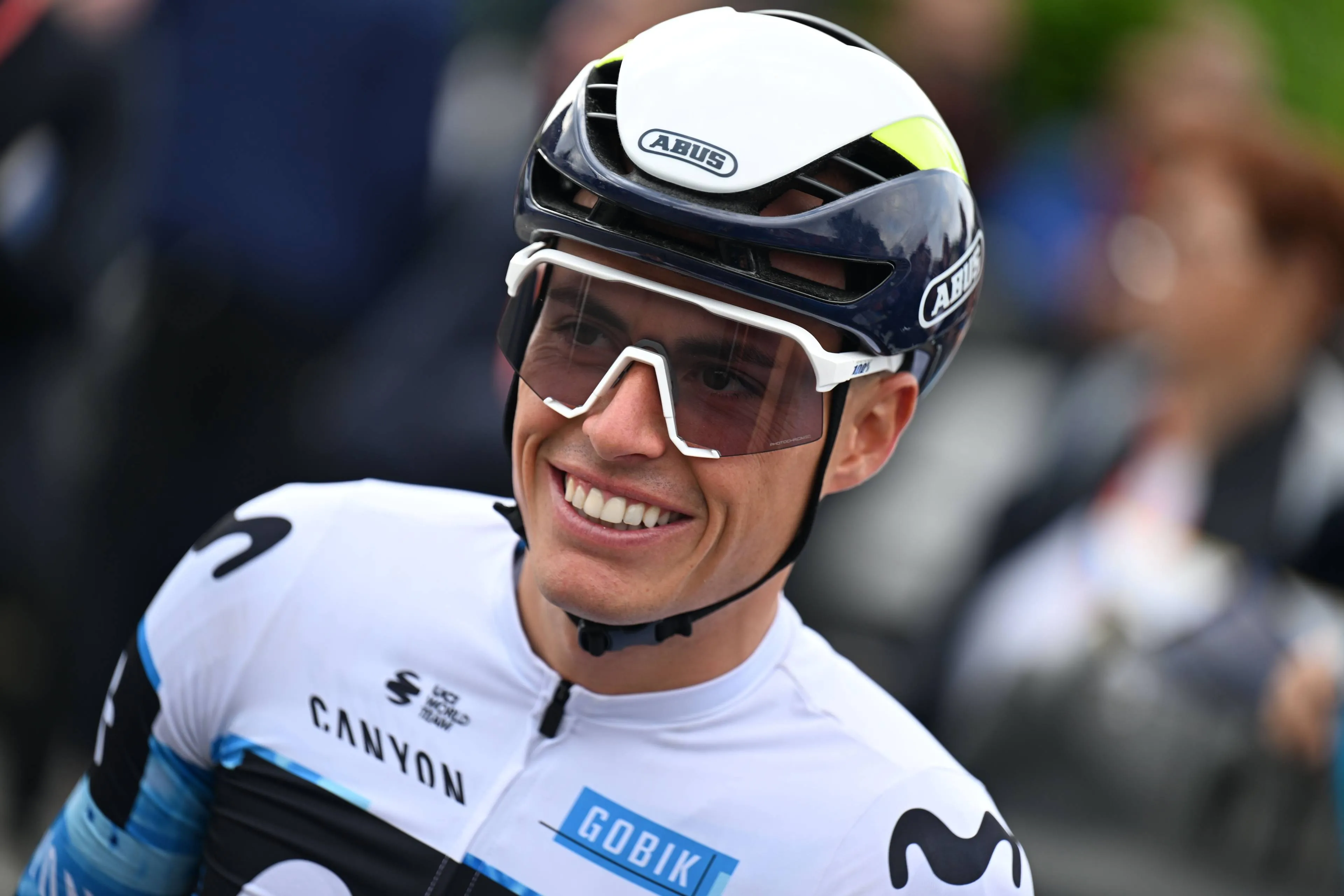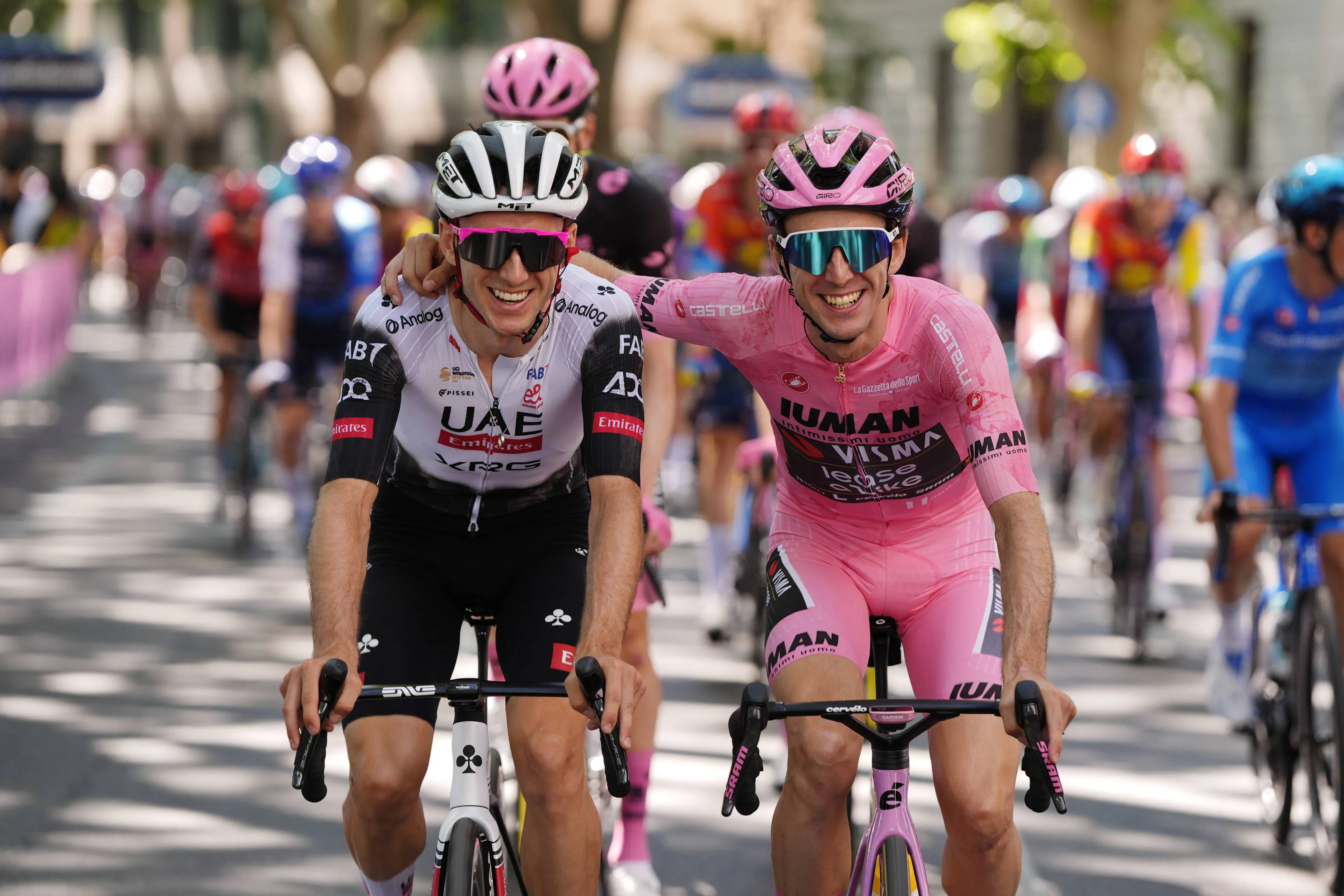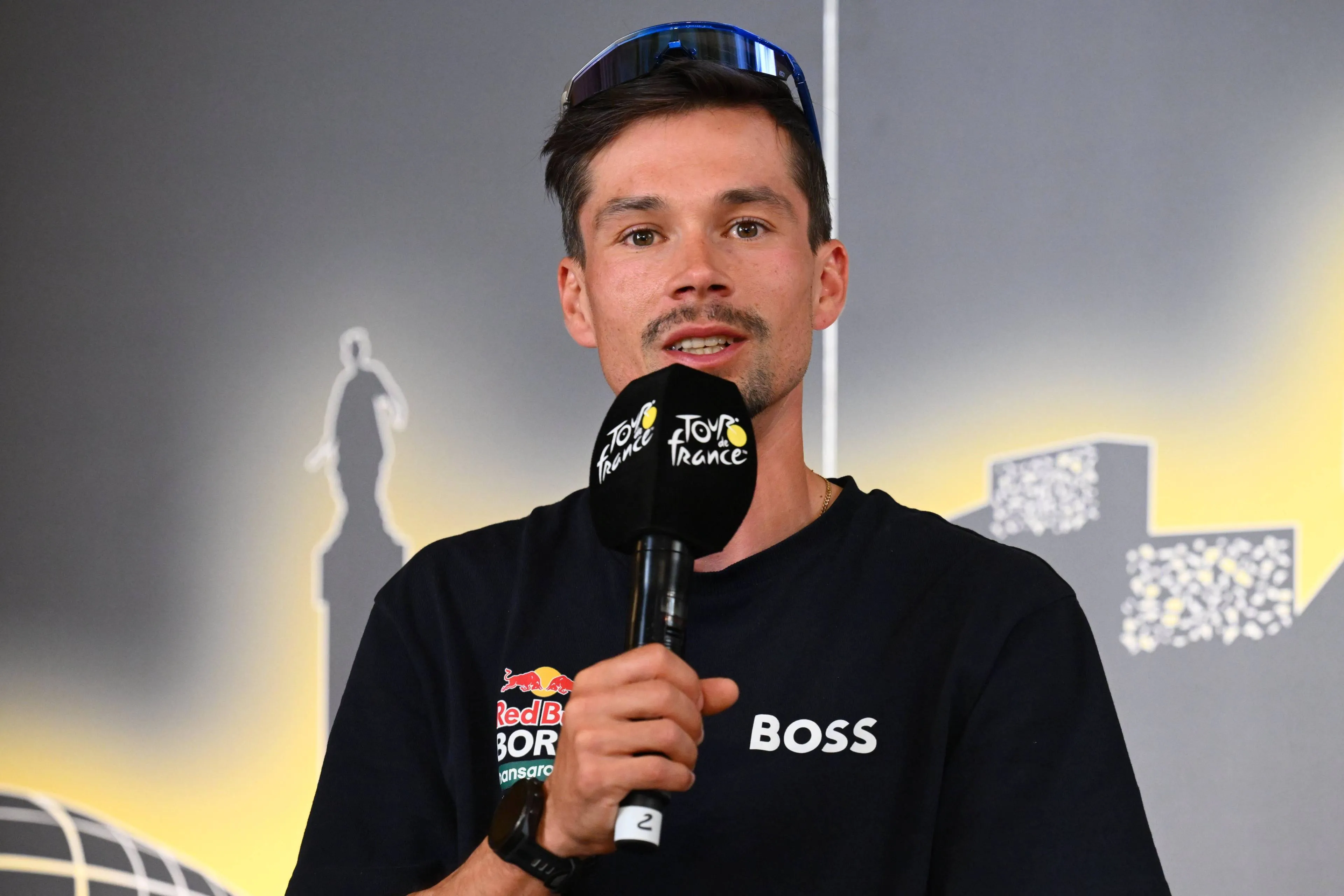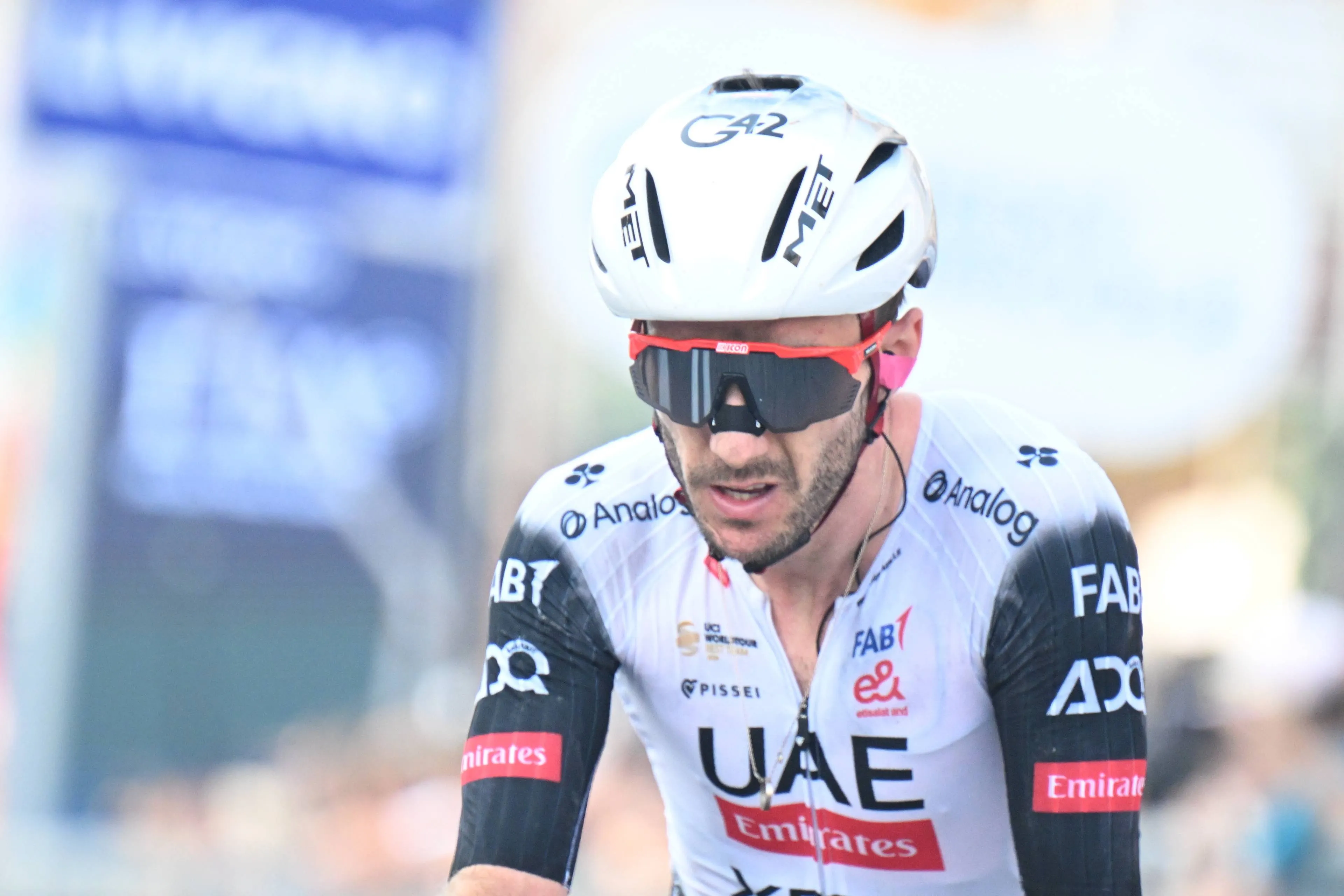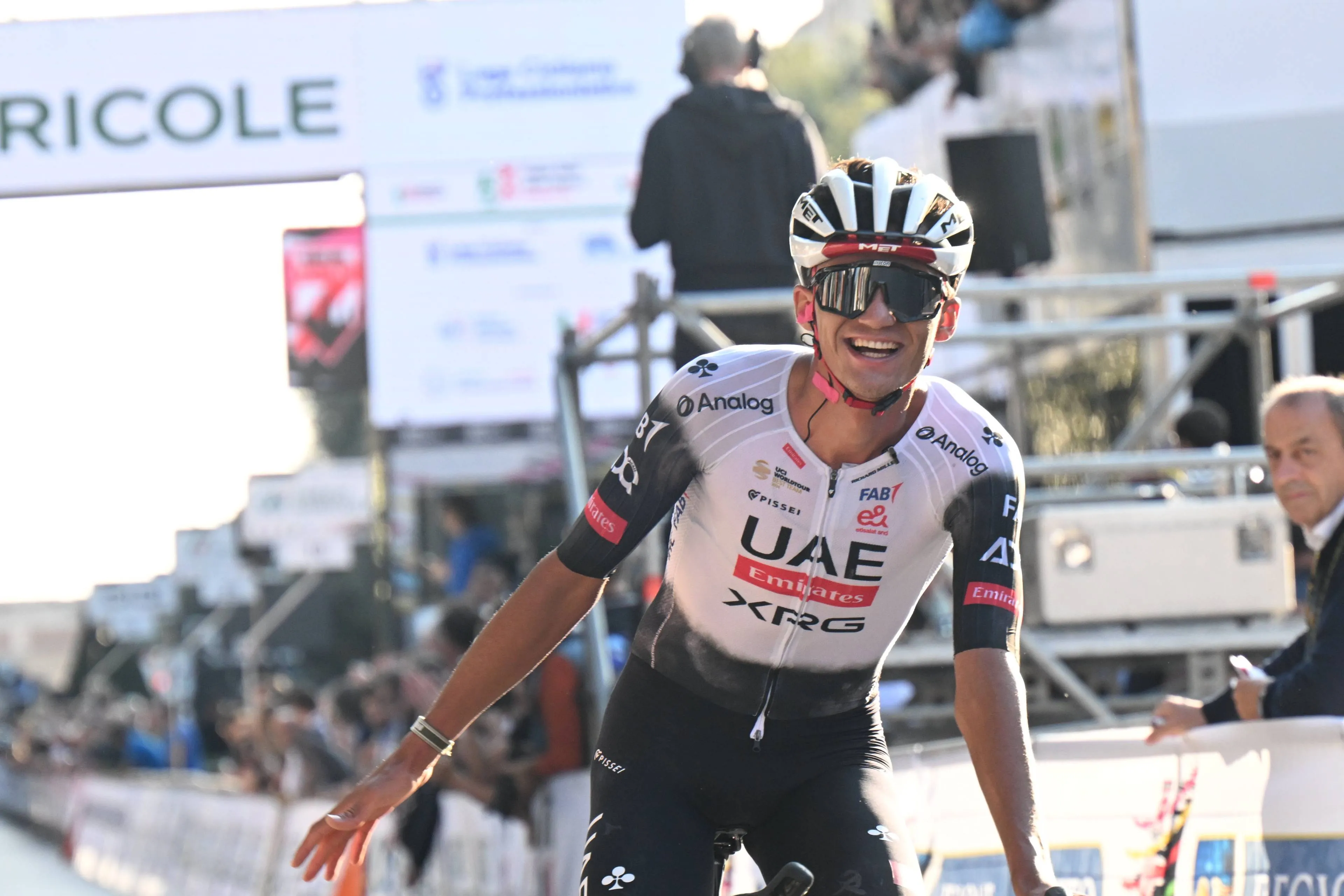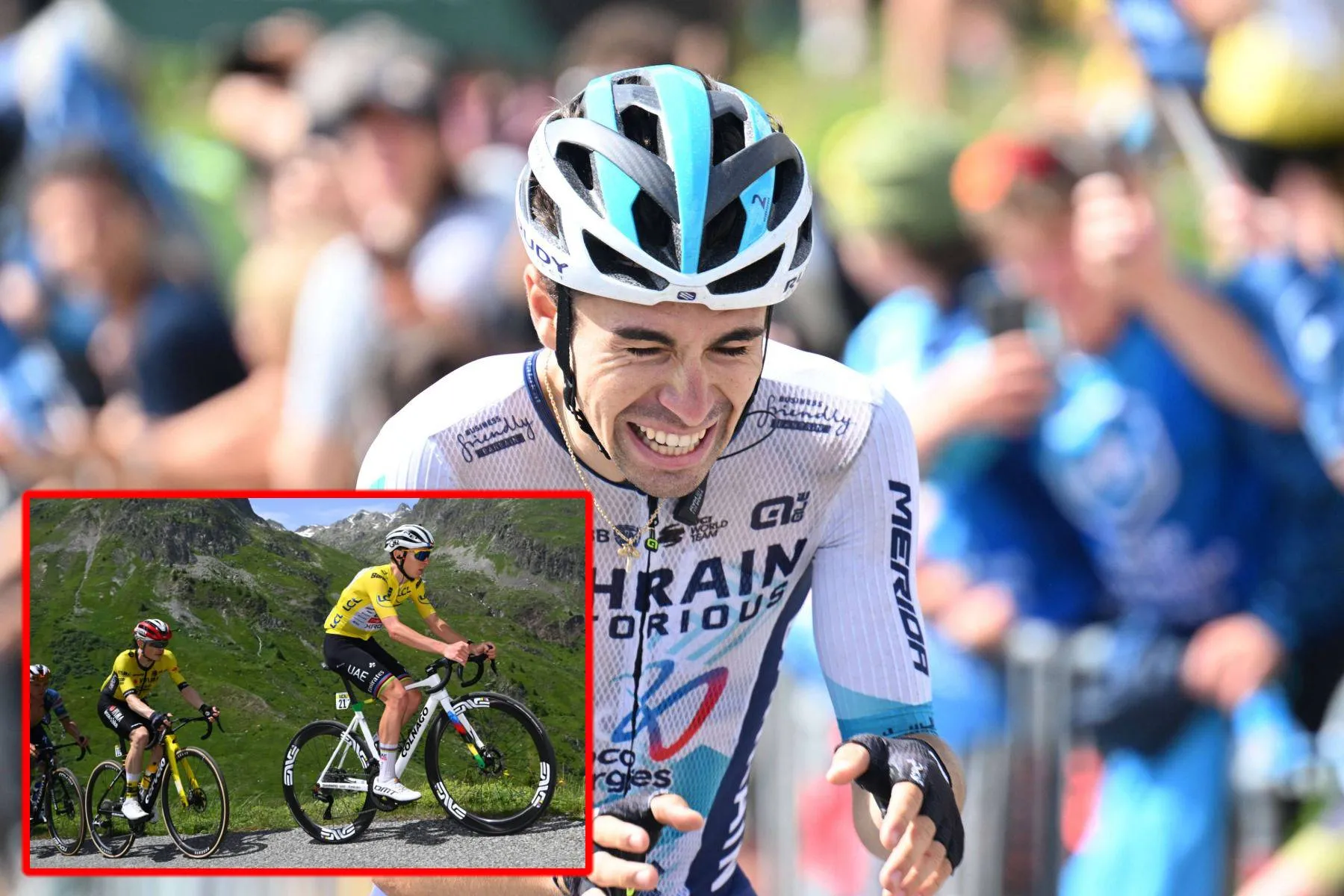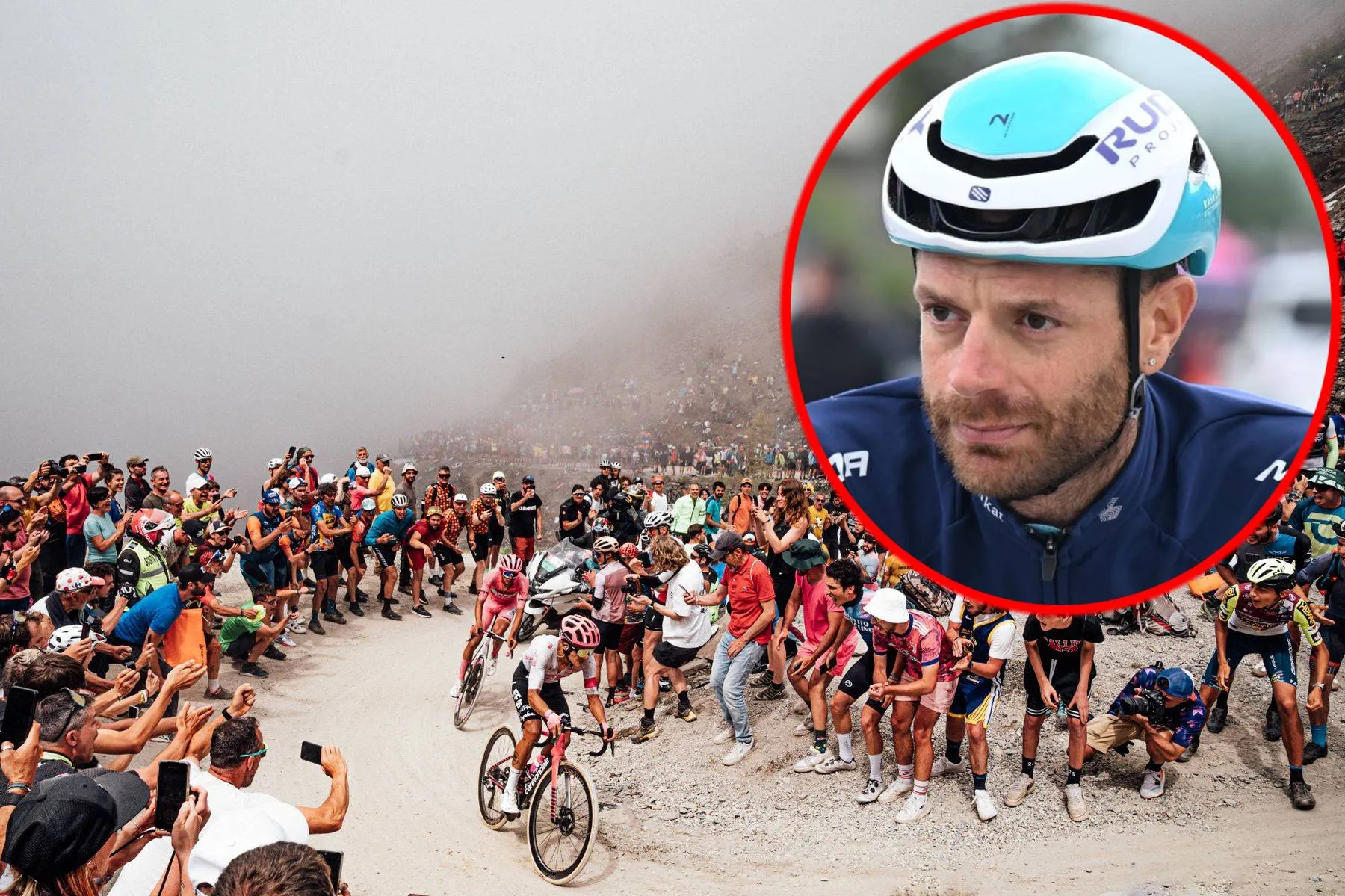Countdown to the Tour de France: 1 Day | Vingegaard cracks Pogacar on the Col du Granon
CyclingFriday, 04 July 2025 at 21:30
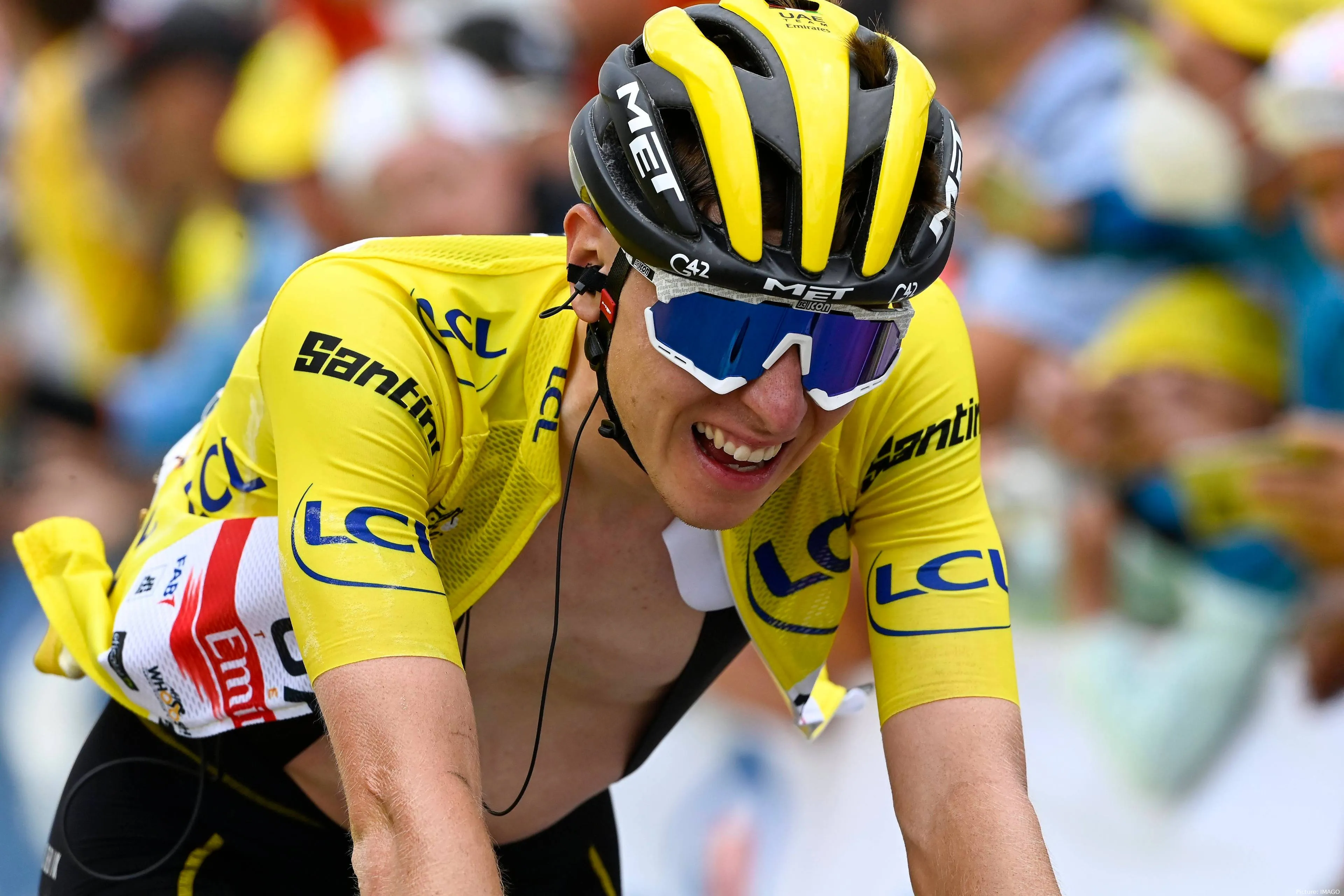
Finally, we are one day away from the start of the 2025 Tour
de France. A year on from last year’s start in Florence, the riders are all now
in Lille for the start of the 2025 edition tomorrow. We simply cannot wait for
the action to get started.
In today’s Tour de France countdown article, we revisit one
of the defining showdowns of modern cycling: the moment Jonas Vingegaard and
Team Jumbo-Visma cracked Tadej Pogacar on Stage 11 of the 2022 Tour de France. This
brutal Alpine stage up the Col du Granon marked a turning point in the sport’s
premier rivalry. Pogacar, a two-time Tour champion at just 23, had seemed
nearly invincible, until that fateful day. What unfolded on the Granon’s steep
slopes not only decided the 2022 Tour, but also set the stage for an intense
rivalry that has continued through 2023, 2024, and will surely continue again
in 2025.
Let’s go back to what is arguably the greatest Tour de
France stage we have ever seen.
Read also
Invincible Pogacar
Leading up to that 2022 clash, Tadej Pogacar was on top of the cycling world.
The Slovenian prodigy had stunned everyone by winning the 2020 Tour in dramatic
fashion and then confirming his class with a commanding title defence in 2021.
By the first week of the 2022 Tour, he was again in superb
form, winning multiple stages and carrying the yellow jersey. On Stage 7 at La
Planche des Belles Filles, Pogacar snatched a thrilling victory on the brutal
gravel climb, just as it seemed Vingegaard finally had got the better of him. He
led the race and had barely shown a hint of weakness. Most observers felt that
Pogacar was a level above the rest, and was well on his way to securing a third
yellow jersey in a row.
Read also
Yet one rider had begun to quietly challenge that aura:
Jonas Vingegaard. The young Dane emerged as a revelation in the 2021 Tour when
he stepped up after his teammate Primoz Roglic crashed out. Vingegaard not only
finished second overall in 2021, but on Mont Ventoux he achieved something
unprecedented, he dropped Pogacar on a long climb.
Although Pogcčar recovered on the descent, Vingegaard later
reflected to Cycling Weekly, “on the Mont Ventoux stage I gained a lot of
confidence when I dropped him. That day I got the confidence that basically
nobody can drop me anymore”. It was a glimpse that the seemingly unbeatable
champion could be vulnerable.
Heading into 2022, Vingegaard was armed with this belief,
and Jumbo-Visma arrived with a dual-leader strategy (Vingegaard alongside 2020
runner-up Roglic) determined to finally dethrone Pogacar.

The Col du Granon
All the simmering tension exploded on Stage 11 of the 2022 Tour: a 151.7 km
route through the Alps from Albertville to the towering Col du Granon, which
stands at 2,412 m elevation. Jumbo-Visma chose this unforgiving stage to
execute an aggressive, all-or-nothing plan. The onslaught began far from the
finish, on the Col du Télégraphe and the mighty Galibier, 90 km from the line.
One by one, Roglic and Vingegaard took turns attacking Pogacar at a distance,
forcing him and his UAE Team to chase repeatedly. Pogacar initially matched
each move, even finding the energy to grin and wink at TV cameras on the
Galibier, a sign of confidence that suggested he was coping with the pressure.
For a while, the defending champion appeared as resilient as ever, showing no
cracks despite the onslaught from Visma.
It all changed on the final climb to the finish, the Col du
Granon, an 11.3 km ascent averaging 9% gradient into thin air. With about 5
kilometers remaining, Vingegaard launched one more vicious attack on a steep
section.
Read also
This time, Pogacar could not respond.
In an instant, the race leader’s expression turned from calm
to distress; the smile was wiped off his face as he began to drift backwards.
Pogacar unzipped his jersey, desperately gulping for air, his cadence
faltering.
And at last it was happening: Pogacar was cracking
One by one, his rivals, Geraint Thomas, David Gaudu, Nairo
Quintana, Romain Bardet, rode past the struggling man in yellow. On the
unforgiving slopes of the Granon, the narrative of this era of cycling changed
forever.
Up the road, Jonas Vingegaard was surging toward glory. He
flew past the remnants of the day’s breakaway and soloed over the summit finish
to win the stage in spectacular fashion. In doing so, he seized the maillot
jaune from Pogacar’s shoulders. Jumbo-Visma executed their plan, to absolute
perfection.
Read also
Vingegaard later credited his team’s bold plan and Roglic’s
selfless effort for the victory, noting how his teammate “fought for it” and
went deep to destabilize Pogacar’s Covid-depleted UAE squad. The result was a tactical
masterpiece: by stage end, Vingegaard had turned a 39-second deficit into a
lead of over two minutes on GC, while Pogačar staggered in seventh, nearly
three minutes behind.
In the immediate aftermath, Pogacar was candid about his bad
day. “I came under attack and they harassed me... Suddenly in the Granon I
didn’t feel good,” he admitted, acknowledging that Jumbo-Visma were the better
team on the day. Y
et the humbled champion remained defiant in defeat. “It’s
not over yet, I’ll keep fighting until the end,” Pogacar said, promising to try
and reclaim time. And fight he did, the very next day on Alpe d’Huez, Pogacar
attacked repeatedly, though Vingegaard marked him closely. Ultimately, Pogacar
could not crack Vingegaard in the remaining stages of 2022, and the Granon
attack proved decisive.
Read also
Stage 11 had flipped the Tour on its head: Vingegaard went
from challenger to Tour de France leader in one blistering Alpine ascent, on
route to his first maillot jaune in Paris.
The birth of a rivalry
That dramatic day on the Col du Granon not only decided the 2022 Tour, but also
launched a new era of rivalry at the pinnacle of the sport. Jonas Vingegaard
carried his advantage through the final week of the 2022 race to secure his
maiden Tour de France victory, with Pogacar finishing second overall.
It was a changing of the guard, the first time Pogacar had
ever been beaten in a Tour de France, and by a rider who proved to be his equal
on the highest climbs. From that point forward, cycling had a duel reminiscent
of past great rivalries, and fans eagerly anticipated a rematch.
Read also
In 2023, the Vingegaard vs. Pogacar showdown reached new
heights. Pogacar, determined to avenge his loss, came out swinging in the
Tour’s opening stages, despite having only just returned from injury, while
Vingegaard stoutly defended his title. The two traded explosive attacks and
stage wins in the mountains, distancing all other contenders.
For a while, the battle teetered back and forth, until the
latter half of the race, when Vingegaard gained the upper hand once more. He
cemented his supremacy with a dominant time trial and another Alpine offensive,
ultimately winning his second straight Tour with Pogacar again as runner-up.
Pogacar experienced another crack on a high mountain stage
in 2023 (on the Col de la Loze), later admitting it was “worse than the Col du
Granon” in its brutality. Vingegaard’s back-to-back Tour triumphs confirmed
that the balance of power had truly shifted, yet Pogacar’s tenacity in those
races also showed that he remained a formidable threat, not a spent force.
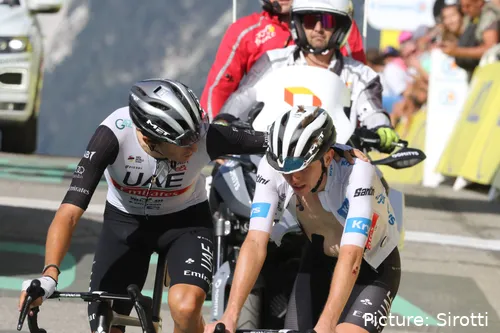
Pogacar will be forced to rematch the Col de la Loze in 2025
The rivalry continued into 2024, where once again cycling’s
two titans faced off in July for the sport’s biggest prize. That year, it was
Vingegaard who came into the Tour unsure of his fitness after his Basque crash,
and Pogacar romped to six stage wins and his third yellow jersey, reclaiming
his throne. But, Vingegaard will be back this year, desperate to claim his
third title.
Today, on the eve of the 2025 Tour de France, the echoes of
the Col du Granon still resonate. It was on that climb in 2022 that Vingegaard
proved Pogacar could bleed, and in doing so, ignited a fierce competition that
has defined the sport’s last few seasons. Pogacar’s early dominance and
Vingegaard’s breakthrough have now evolved into a rivalry for the ages, one
marked by mutual respect, alternating triumphs, and relentless intensity.
This year, both riders come to the Tour with two of the
strongest squads ever assembled. Pogacar will be supported by the likes of
Almeida, Adam Yates and Tim Wellens, whilst Vingegaard has Simon Yates,
Jorgenson, Kuss and Wout van Aert to support him along the way.
Read also
Of course, the Tour isn’t just about Pogacar and Vingegaard.
But, if the likes of Remco Evenepoel or Primoz Roglic are to get closer to the
winners of the last five Tour’s, they will certainly have their work cut out.
As we count down the final hours to the 2025 Tour, cycling
fans around the world are anticipating the next chapter of this duel. Will
Pogacar be able to secure his fourth Tour de France title? Or will Jonas
Vingegaard turn the tables once again and take back his title?
claps 0visitors 0
Just in
Popular news
Latest comments
- If she was Dutch or Belgian she'd have already sorted a team out. Unfortunately, the CX teams are pretty insular to 'foreigners' and would rather give a spot to a local rider. And that is one reason why the sport is niche outside its heartland.wipperman9519-12-2025
- Dear Editor: It is no humiliation to make the final, even with two riders, and not get it perfect against another talented rider. Disappointment, sure.itsent18-12-2025
- I luv this guy ,so honest puts the hand up ..."my fault.".. I would be stoked to see him win his big monuments ... i think he would be a great team mate and friend.Davide18-12-2025
- In his years in the peloton, Evenepoel has had several major crashes that could have ended another person's career. In that, he is sadly similar to Roglic, whose crashes have had a huge impact on his still impressive palmares. I'd say the first thing that needs to happen is that everyone make it to the Tour safely. At that point? I don't think they stand a chance against the UAE engine, and the man who is only now (seriously?!) coming into what used to be the age of maturity, refinement, and full bodily development.RidesHills18-12-2025
- It must be hard for him to let go...somewhere in his mind he sees himself competitive. The reality of his entire time at IPT tells a different story altogether.Crashjames18-12-2025
- Not only that, but aside from JV, no one has remotely come close to Tadej level, and I seriously doubt Remco or Lipowitz will be there next year in the finales. That said, a lot can happen on the road in the next year, and I hope it's an epic battle among all of the top 10 finishers. It's a little anticlimactic to watch Tadej ride everyone off his wheel, even if it is super impressive to watch.Crashjames18-12-2025
- He couldn't finish in the top 100 at Unbound Gravel. He might be able to hold the wheel in a cat 3 crit but even that's debatable. Not being facetious.paule18-12-2025
- It isn't just the 5 million euros a year. It's also the never-ending hospital bills. Two weeks to go for Sylvan Adams to get out from under this mess.paule18-12-2025
- LOL, Del Toro, while very strong, is not currently racing at a level higher than Remco or Lipowitz. He can be by 2027 though and probably will be. You are discounting Remco's season this year, which his underperformance was caused by a crash that would have retired most people. He will be very strong this coming year as long as he keeps the rubber side down.awp18-12-2025
- It would be nice to see him have a healthy season and do well.JoeyB18-12-2025
Loading
Write a comment

